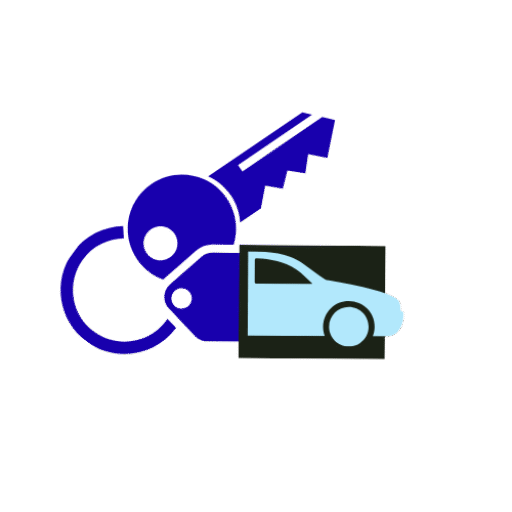For many travelers, the moment of truth comes the second they approach the rental car counter. You’re handed the keys, the engine hums to life in your imagination—and then the inevitable question arises: How much insurance do you actually need for this temporary set of wheels?
If you already have auto insurance for your personal vehicle, you may be in a good position. In many cases, your existing policy extends coverage to rental cars. However, before signing any paperwork, it’s important to understand the specifics of your policy. Knowing your coverage limits and exclusions can save you money, reduce stress, and prevent unpleasant surprises later.
How Personal Auto Insurance Applies to Rental Cars
For most drivers renting a car for personal use, buying extra insurance directly from the rental company is often unnecessary. Most personal auto insurance policies extend coverage to rental vehicles—up to the same limits as your current policy. This means that if you normally drive a standard car and rent something similar, you’re likely covered.
However, things can get more complicated if you rent a high-end model, a luxury SUV, or a vehicle that exceeds your usual coverage range. Rental companies frequently offer add-ons such as a Loss Damage Waiver (LDW) or Collision Damage Waiver (CDW) for around $20 or more per day. These waivers are designed to cover repair costs, towing, or replacement if the car is damaged or stolen. While convenient, these protections may be redundant if your personal policy already includes similar coverage. Always confirm your policy details before renting.
When Additional Coverage Might Be Worth It
Even if your personal auto insurance extends to rental cars, there are times when purchasing extra protection from the rental company can be a smart choice:
- High Deductibles: If your policy has a high deductible, you could be responsible for a large portion of repair costs. Extra coverage can limit out-of-pocket expenses.
- Recent Claims: Filing multiple claims in a short time can affect your insurance rates. Paying for temporary rental coverage can help avoid premium increases.
- Limited Coverage: If your policy doesn’t include comprehensive or collision coverage, the rental company’s CDW may provide the protection you need.
- Challenging Driving Conditions: If you’ll be driving in unfamiliar areas, rough terrain, or severe weather, additional insurance can offer extra peace of mind.
It’s important to remember that your insurance only extends as far as your policy limits. If you’re renting a luxury car, a performance vehicle, or something beyond your usual coverage, you may need supplemental protection to ensure full coverage.
Assessing Your Needs Before You Rent
Before signing the rental agreement, take a few minutes to review your situation:
- Check Your Policy Details: Understand what’s covered, including limits, deductibles, and exclusions for rental cars.
- Consider the Vehicle Type: Larger, luxury, or specialty vehicles may not be fully covered under a standard policy.
- Evaluate Your Driving History: Multiple claims or high deductibles could make additional protection worthwhile.
- Think About Your Comfort Level: If you’re driving in unfamiliar or risky conditions, added coverage can help reduce stress.
Final Thoughts
Renting a car with confidence means understanding how your personal insurance interacts with the rental company’s coverage. For most drivers, the protection offered by a standard auto policy is enough—but knowing when and why to purchase additional insurance can make the difference between a smooth trip and an expensive headache.
With careful preparation, a quick policy review, and a clear understanding of your options, you can enjoy your journey without worrying about unexpected costs. After all, your trip should be about the adventure—not the fine print.understanding of your options, you can enjoy the freedom of the open road without worrying about unexpected surprises. Your journey should be about the adventure, not the paperwork.

